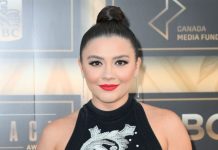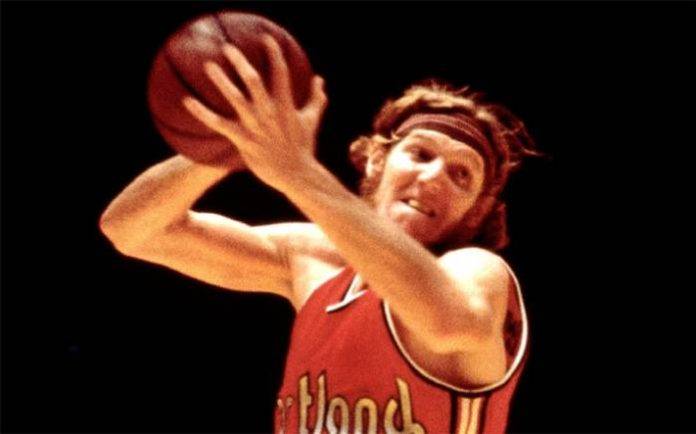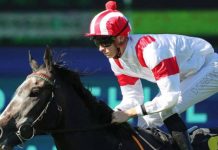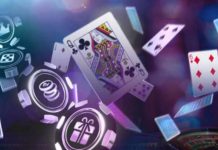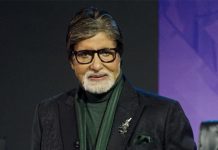There’s been plenty of talk lately about the uniqueness of the Waltons, and no, we’re not talking about the iconic 1970s television series.
This Walton family made its marks on the hardwood, the gridiron and perhaps most significantly of all, in society as a whole. Yet when you talk about Bill Walton and his brother Bruce, they hold one distinct achievement that no other sporting siblings can claim. And if you were placing a wager at Indiana betting apps, even that basketball-mad area would be unlikely to hit on this achievement which is something that is part of Bill Walton’s roundball legacy.
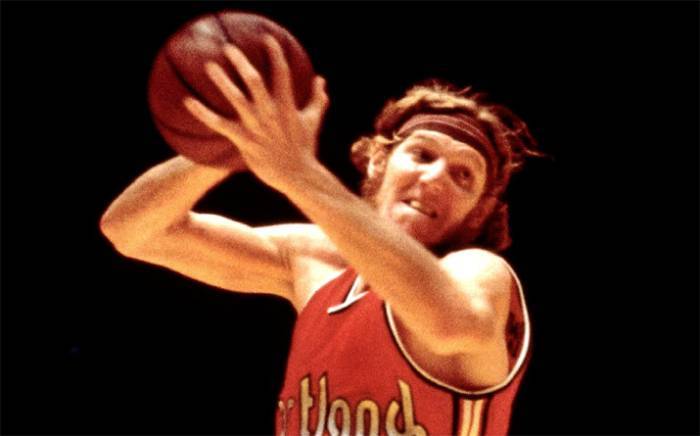
The Waltons are the only brother act where one half played in the Super Bowl and the other in the NBA Finals.
“Bill loves to tell people that,” Bruce Walton told the Tom Shanahan Report.
Bill Walton, who died last week at the age of 71, won the NBA Finals with the Portland Trail Blazers in 1976-77. He also played in the 1986 NBA Finals with the Boston Celtics. Bruce Walton, a lineman, was part of the Dallas Cowboys squad that played in Super Bowl X against the Pittsburgh Steelers. He died in 2019 at the age of 68.
Waltons Were Both UCLA Stars
It was Bill who was the Walton that became a legend at UCLA. However it was Bruce who was the first to arrive on the scene. And had he wanted to, he could’ve even beaten his younger brother into the vaunted UCLA Bruins basketball uniform.
“Bruce was hugely responsible for our family’s good fortune,” Bill Walton told the San Diego Union-Tribune. “He was a powerful, unifying force in all our lives.”
Bruce, who stood 6-foot-6, lettered in both football and basketball at Helix High School in San Diego. He would team with his 6-11 younger brother on the basketball squad.
“He was the greatest possible older brother,” Bill said. “When we played basketball together at Helix High, Bruce was this huge figure. He really filled out the uniform.
“I was a skinny red-head kid. Bruce looked out for me. If a player from an opposing team got overly rough with me, Bruce would seek out the perpetrator.”
Following his junior year, Bruce was proudly displaying a recruiting letter to play basketball at the University of Idaho. While his teammates were impressed, Helix basketball coach Gordon Nash was not.
“He said, ‘Bruce, you’re a football player. Let it go,’” Bruce Walton recalled. “I went to UCLA for football. Gordon was a wise man.”
Bill followed Bruce to the UCLA campus and became the star of the Bruins national championship basketball team. Still, UCLA coach John Wooden was of the opinion that two Waltons on court would provide him with double the pleasure.
He’d watched Bruce be a dominant player in UCLA intramural basketball leagues and invited Bruce to try out for the team prior to the 1972-73 NCAA season. After giving the matter some consideration, Bruce declined the offer.
He became a starter on the UCLA football team as a sophomore. Bruce set a record for Bruins offensive tackles, starting 32 games during his college career. In 1973, he was drafted by the Cowboys.
Impressed by the depth of the Dallas roster, Bruce’s cerebral instincts – another trait he shared with his brother – kicked into gear.
“(Cowboys coach) Tom Landry had a playbook that would probably still be considered complicated today,” Walton said. “I decided I had to learn how to play every position.”
He’d made himself valuable by learning each spot along the offensive line. He developed into a reliable backup at center, guard and tackle, and would also play tight end during short-yardage situations.
“I was fortunate to play for great college and pro coaches,” Bruce Walton said. Tommy Prothro and Pepper Rodgers were his UCLA coaches.
“I never went into a game thinking we would be outcoached. That’s an interesting way to go into a game. Then all you have to do is execute.”
Walton never fully recovered from a knee injury suffered in a 1975 game against the Green Bay Packers. He would retire from the NFL in 1976.
Bill Walton A Basketball Legend
There never seemed to be any doubt that Bill Walton would become an NBA star and that’s exactly what happened.
At UCLA, there was an 88-game winning streak, two national titles and three NCAA player-of-the-year honors for him. He was MVP of the NBA in 1977-78, one season after leading Portland to the title and earning NBA Finals MVP recognition. Late in his career with Boston in 1985-86, a second title came Walton’s way, as did the award as the NBA’s Sixth Man of the Year.
Bill Walton was named to the NBA’s 50th and 75th anniversary teams. Walton was inducted into the Naismith Memorial Basketball Hall of Fame in 1993 and the National Collegiate Basketball Hall of Fame in 2006.
Much like his brother, injuries curtailed Bill’s playing career. He underwent 38 orthopedic surgeries during his life. Injuries limited him to playing just 468 out of 1,148 regular season games during his 14-season NBA career.
Parallels after Playing Days
Both Bill and Bruce Walton made broadcasting their post playing career choice. Bill did so in front of the mic as the main analyst on NBA national broadcasts. Bruce chose to work behind the scenes, operating radio stations in California.
Both also remained socially active throughout their lives.
“Bruce knew and was a friend to everyone,” Bill said. “Mayors, councilmen, police chiefs. Knew them all.”
The two brothers also would see their children successfully follow in their footsteps. All four of Bill’s sons played college basketball – Adam (LSU), Nate (Princeton), Luke (Arizona) and Chris (San Diego State). Luke would go on to play and coach in the NBA.
Bruce’s daughter Harmony and son Kam would each play basketball at University of San Diego High School. Kam would later play college basketball at Harvard.

















